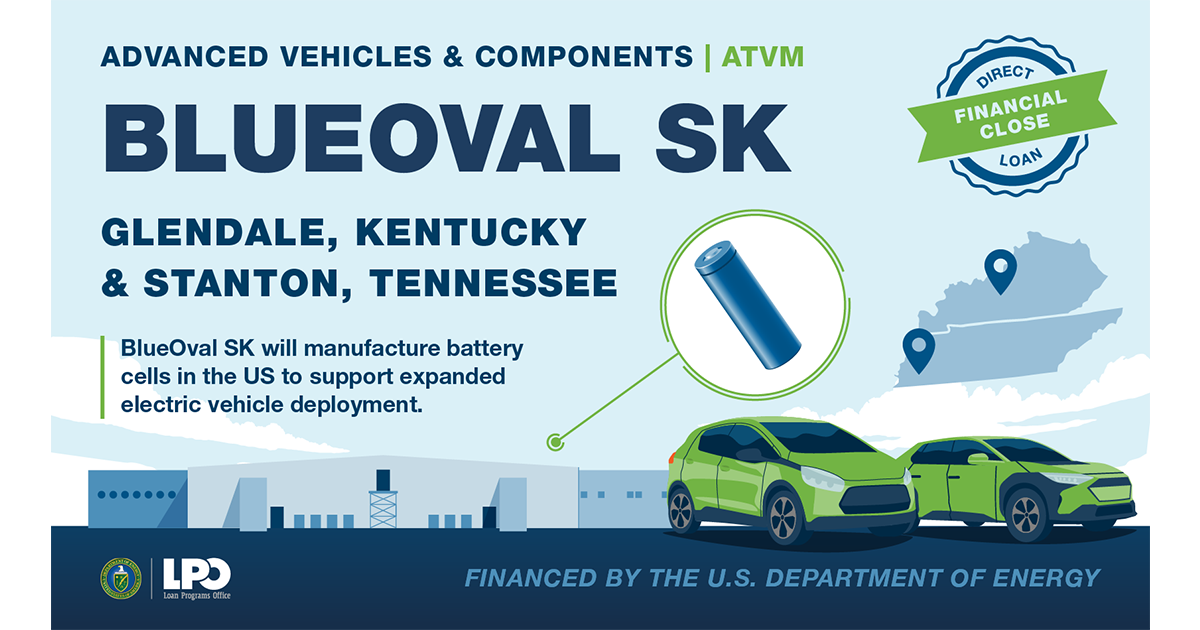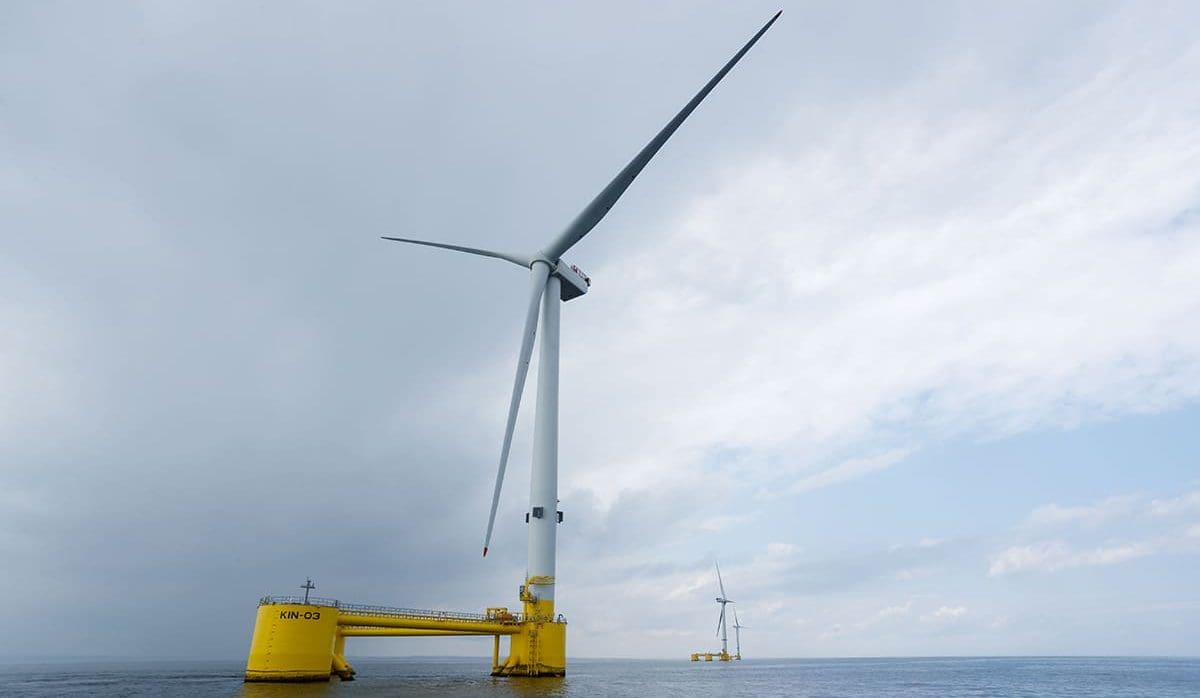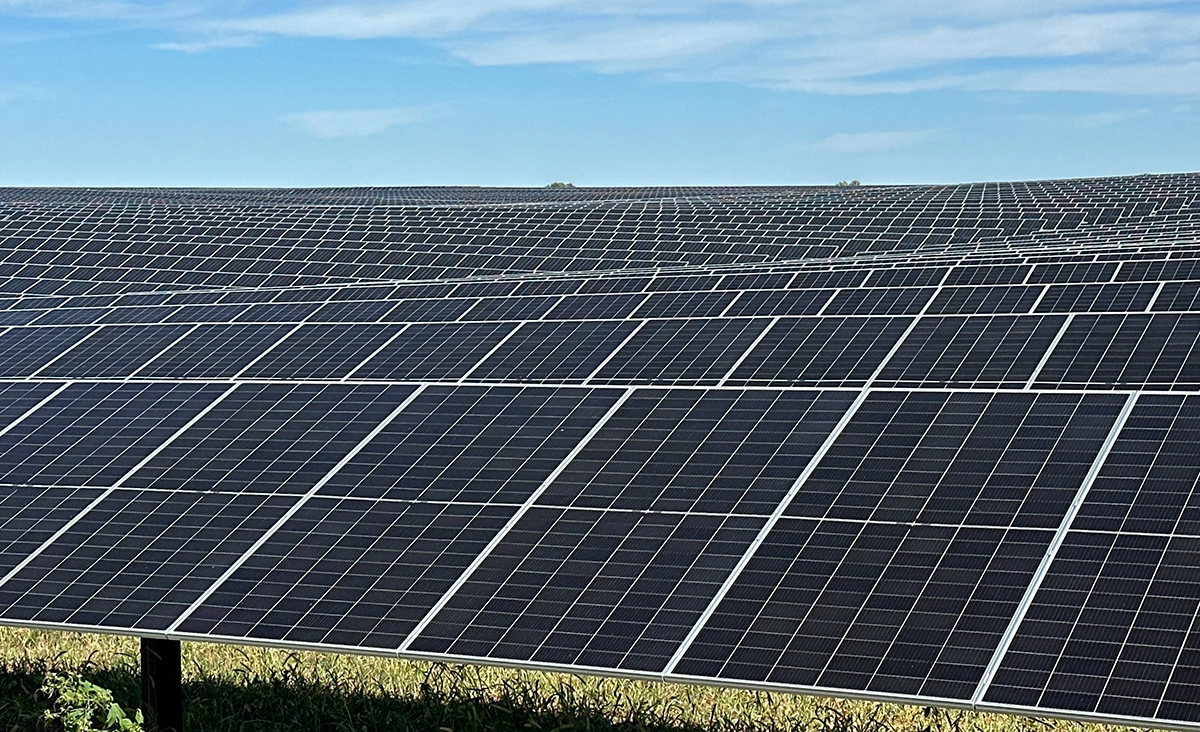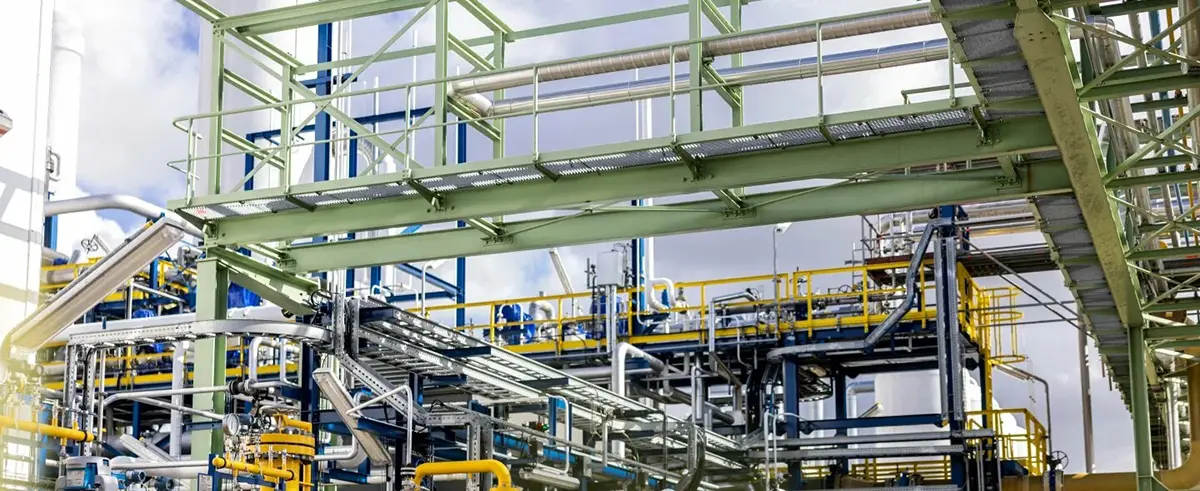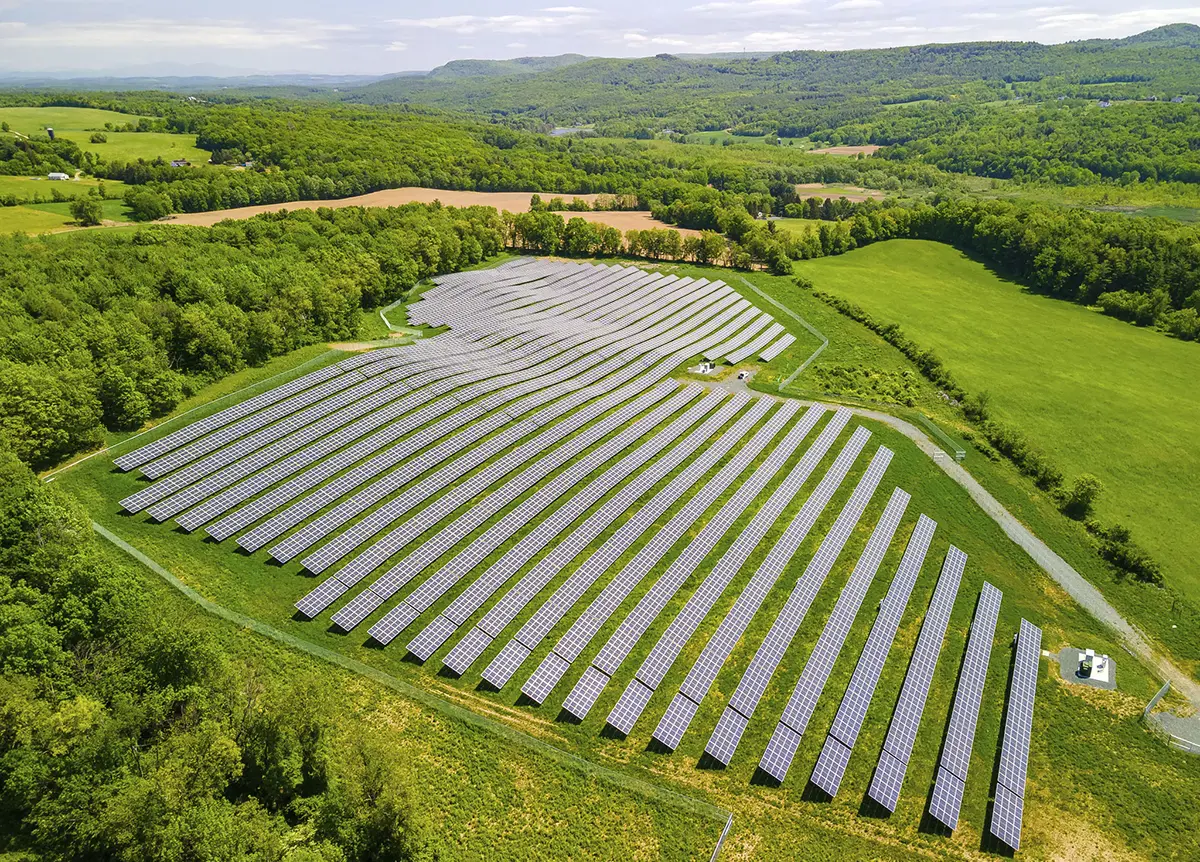
BP Expands Sustainability Focus With Rosneft Partnership
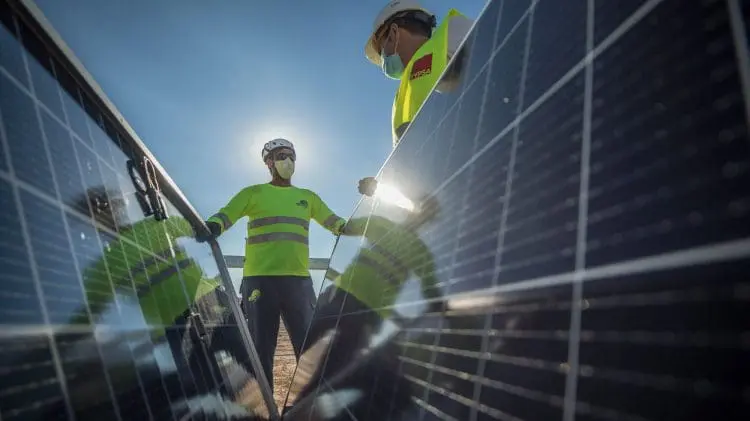
Rosneft Oil Company (Rosneft) and BP have signed a Strategic Collaboration Agreement focused on supporting carbon management and sustainability activities of both companies. The agreement builds on years of partnership between the two companies and formalizes key elements of their collaboration on sustainability and work to identify carbon reduction activities and low-carbon opportunities.
Details Of The Partnership
Based on their longstanding partnership and taking into account the profound changes shaping the global energy transition to deliver more energy with less carbon, Rosneft and BP have agreed to cooperate in identifying and developing new low-carbon solutions and programs that will support their shared sustainability goals. The companies also intend to join efforts in aligning with developing industry methodologies and standards on carbon management, including methane reduction initiatives and energy efficiency applications.
Rosneft and BP will also jointly evaluate new projects envisioning the use of renewables, opportunities for carbon capture, utilization, and storage (CCUS), as well as developments for hydrogen.
The companies intend to work together on opportunities for low-carbon solutions in downstream businesses, including the development of advanced fuel, as well as evaluate the potential for the development of natural forest carbon sinks and trading of forest carbon-offset credits. The companies will cooperate in sustainable development and social investment, including biodiversity.
“Rosneft and BP are united not only through the longstanding successful partnership in various areas but also in the intention to leverage this experience in future prospective projects outlined in this agreement,” said Rosneft CEO Igor Sechin. “Joint efforts of our two companies, as the world energy industry leaders, will not only strengthen our corporate aims in sustainable development, but will also provide a significant contribution to overcoming the challenges the industry and the society face in the climate action and the satisfaction of growing global demand for energy resources. This is necessary for balanced social and economic development and life quality improvement.”
“We’ve been partners with Rosneft for many years now and we learn a great deal from each other,” said BP CEO Bernard Looney. “That’s important, and I believe that this agreement can be an important catalyst for progress. We both believe in the power of partnership and look forward to bringing together the best of Rosneft and BP to develop low-carbon solutions and drive down emissions.”
Rosneft’s Sustainability Background

Image Courtesy Of Rosneft
Rosneft was incorporated in 1995 and has grown to be Russia’s second largest oil and gas company behind Gazprom. BP owns 19.75% of Rosneft.
Rosneft has been a member of the United Nations Global Compact, the largest initiative for sustainable development, for over 10 years. The company was the first to reaffirm its strategic commitment to the UN Sustainable Development Goals in 2018. Rosneft was also the first company in Russia to prepare the comprehensive 2035 Carbon Management Plan featuring clear targets for reducing greenhouse gas emissions. The plan was reviewed by the company’s board of directors in December 2020 and stipulates the following:
- Prevention of direct and indirect greenhouse gas emissions of 20 million tonnes of CO2– equivalent
- A 30% reduction in the intensity of direct and indirect emissions in oil and gas production
- A methane emission rate below 0.25%
- Zero routine flaring of associated gas
BP’s Sustainability Background
BP’s ambition is to become a net zero company by 2050 or sooner and it has set out a strategy intended to deliver. Within 10 years, BP aims to have increased its annual low-carbon investment 10-fold to around US$5 billion a year, building out an integrated portfolio of low-carbon technologies, including renewables, bioenergy, and early positions in hydrogen and CCUS.
By 2030, BP wants to reduce operational and upstream emissions (addressed by Aim 1 and Aim 2 of BP’s net zero ambition) by 30 to 35% and 35 to 40% respectively.
By 2030, BP aims to have developed around 50 GW of net renewable generating capacity, a 20-fold increase from 2019, and to have doubled its consumer interactions to 20 million a day. BP aims to drive capital and cost productivity up and emissions down completing its ongoing series of major projects, decreasing capital intensity, and to continue to high-grade its portfolio, resulting in significantly lower but more competitive production and refining throughput. Rosneft and BP agree to cooperate on carbon management and sustainability.
As of the time of this writing, BP has nine onshore wind farms across six states. Its US wind farms have a gross generating capacity of 1.7 GW, but all of its projects were onshore. That is, until September 2020 when BP announced it would pay Equinor US$1.1 billion for a 50% stake in its Empire Wind and Beacon Wind offshore assets. The transaction was finalized on January 25, 2021, two weeks after the New York Energy Research and Development Authority announced it had selected Equinor and BP to provide the state of New York with offshore wind power. Together, the two projects span over 200,000 acres off the US east coast and are projected to have a combined capacity of 4.4 GW. Equinor and BP will work together to develop the projects over the coming years.

